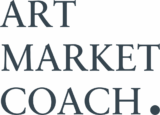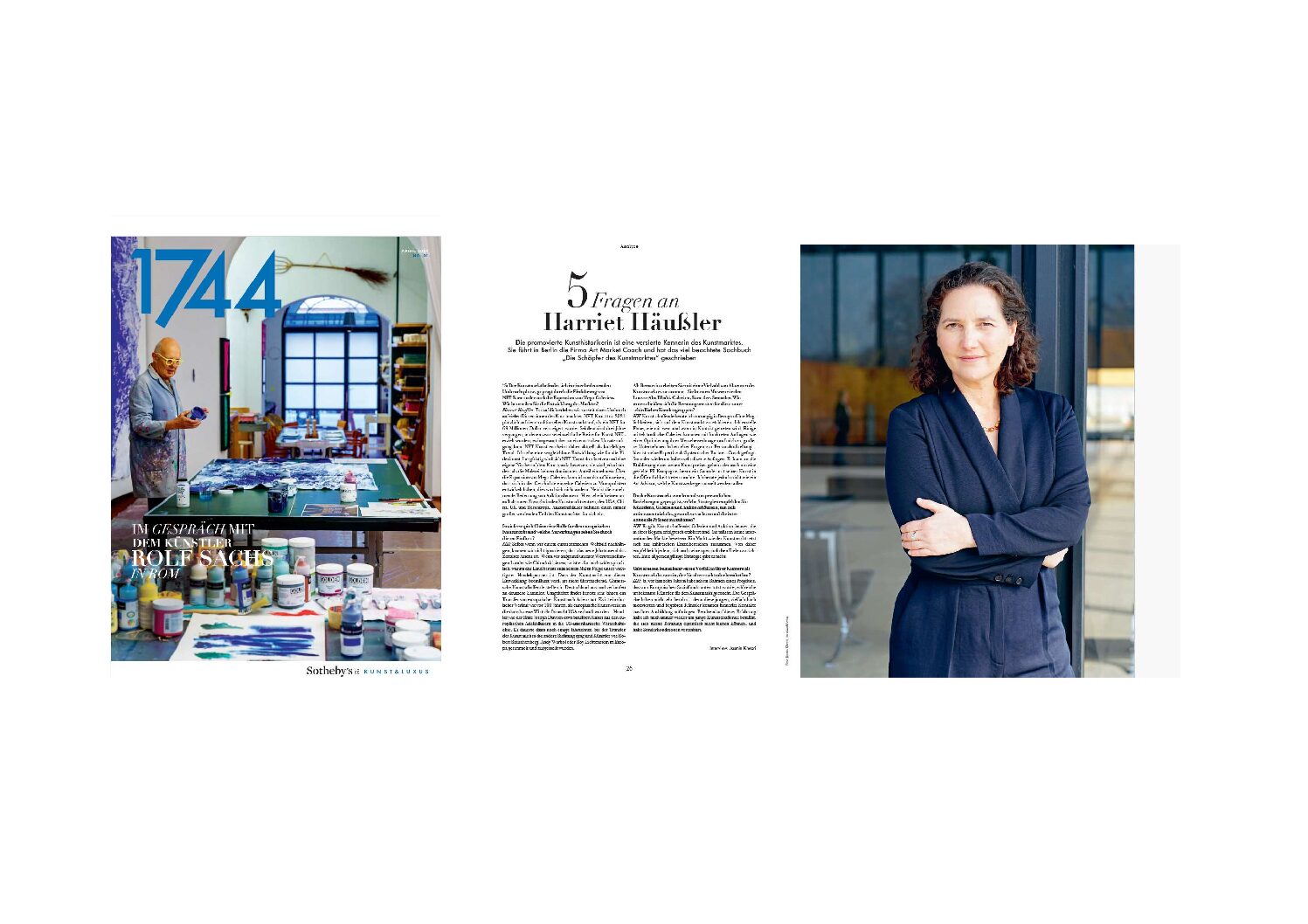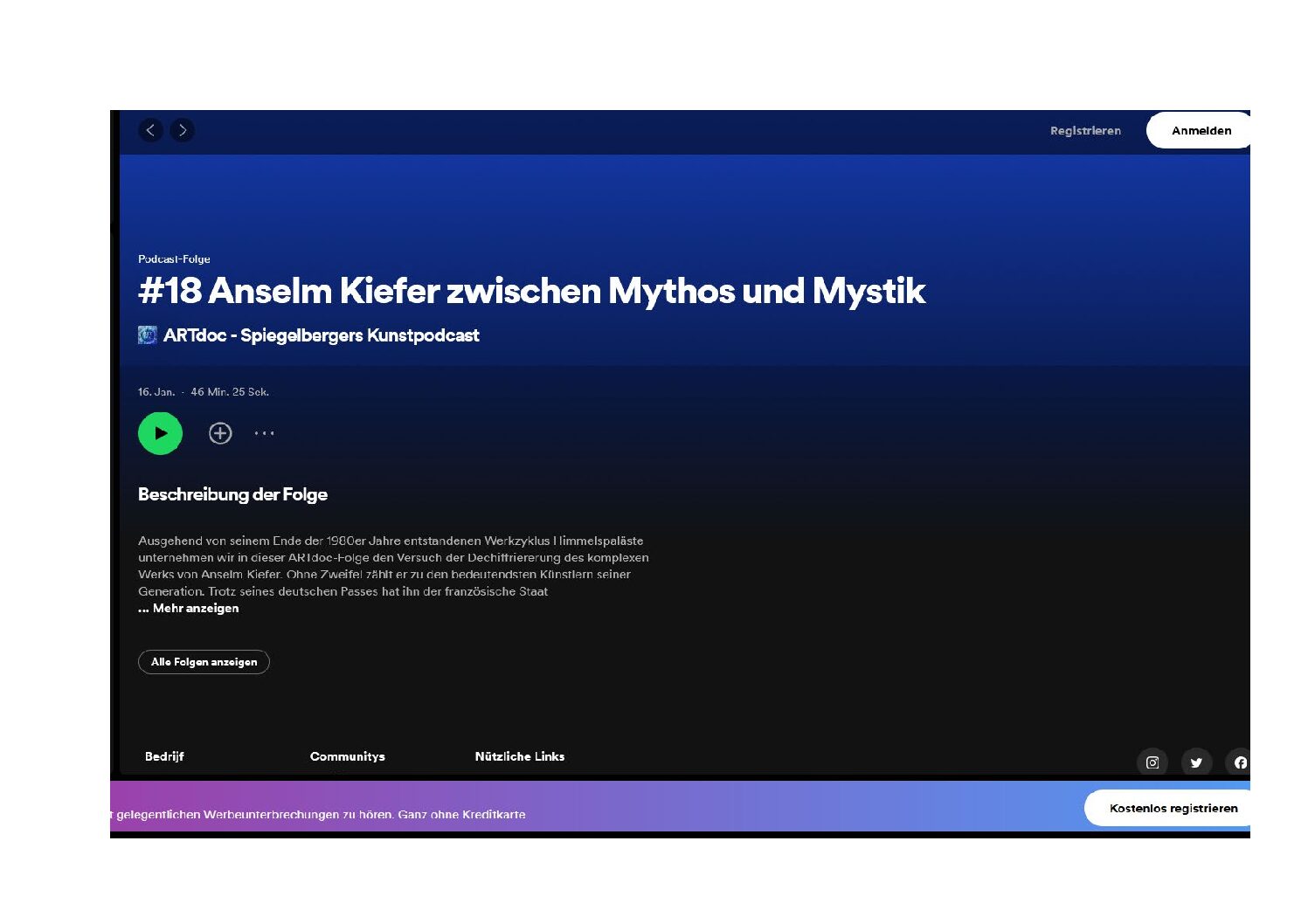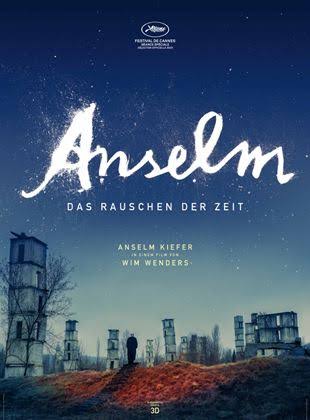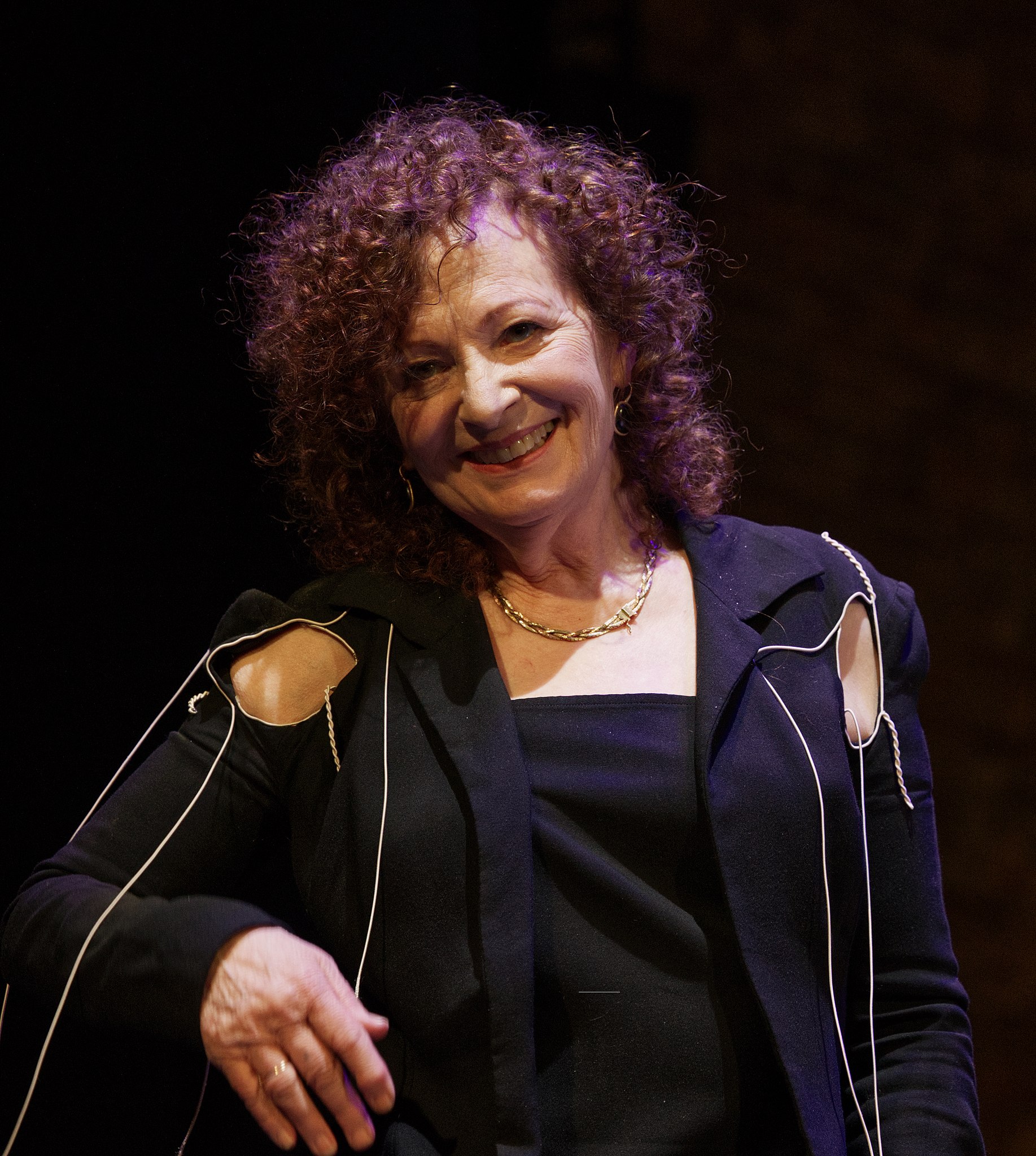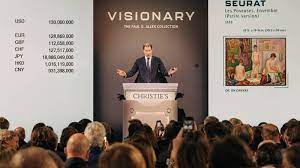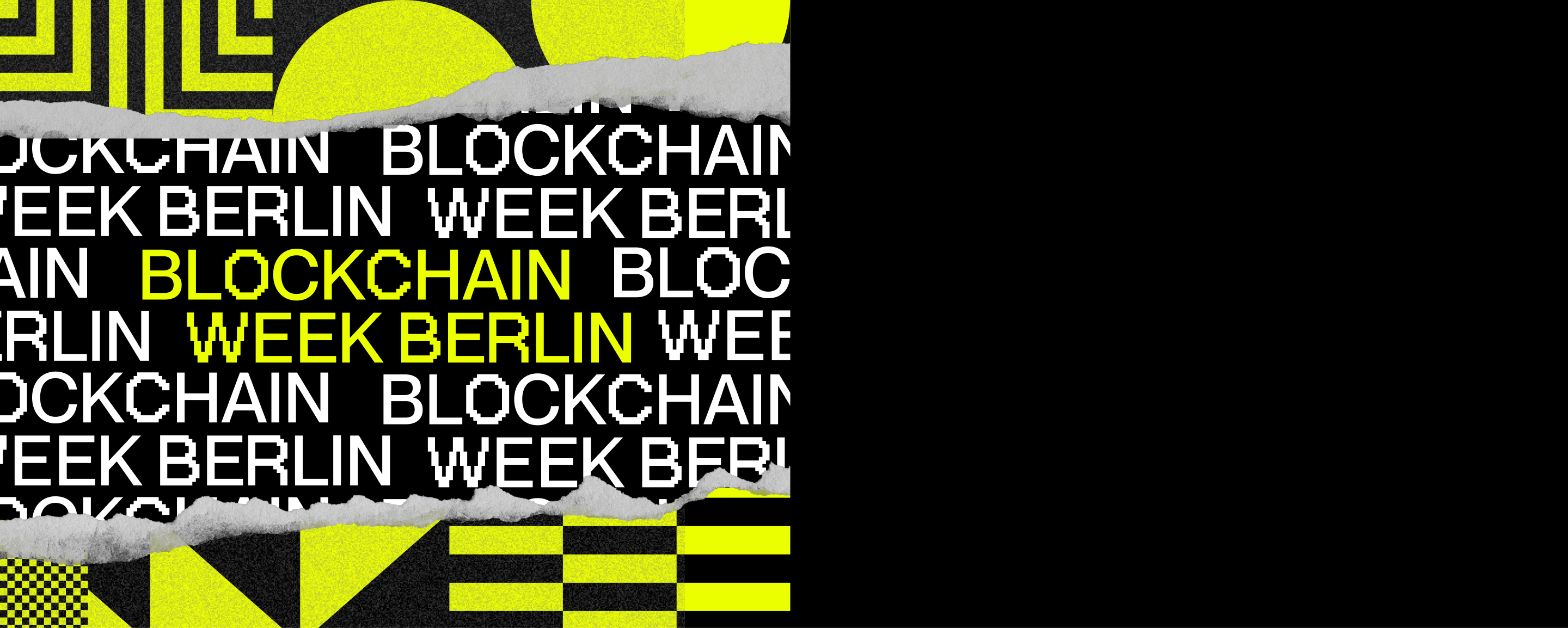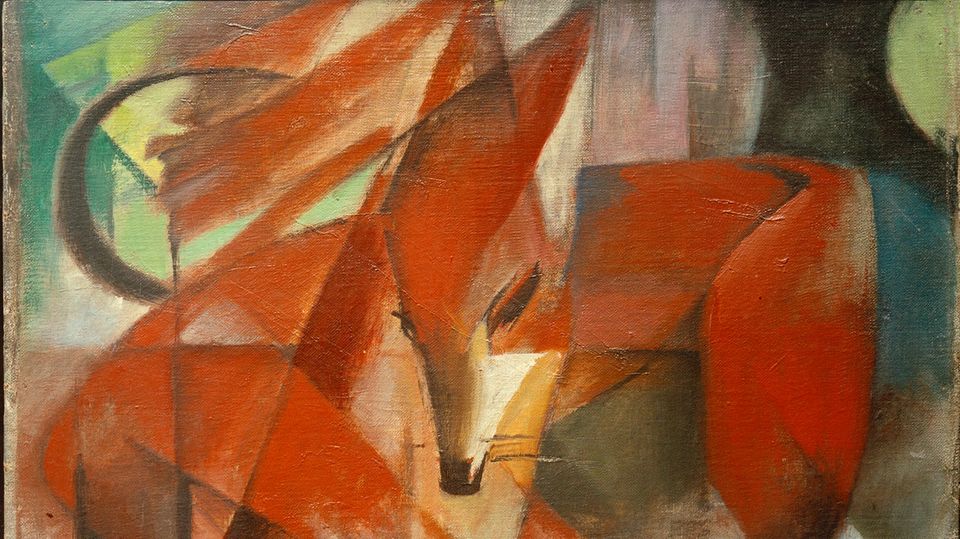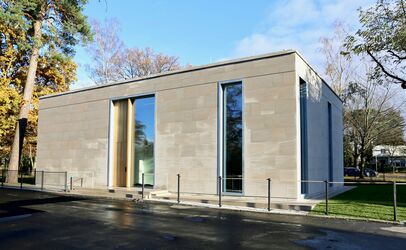Interview in the new Sotheby’s magazine
5 questions on the art market It was an interesting conversation on the new role of China, the future of NFT’s, possible strategies how to deal with the challenges of the present art market and some personal impressions of my work as an art coach and adviser.
Interview in the new Sotheby’s magazine Weiterlesen →
